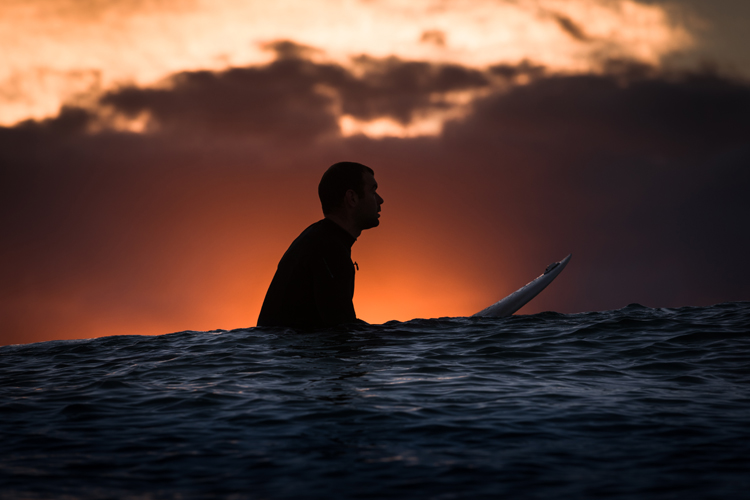Surfers are often depicted by non-surfers as laid-back, relaxed, tanned, smiling, and free-spirited outdoor ocean lovers. But are they always like that? Of course not.
Surfing is regularly displayed in mainstream media - newspapers, magazines, cinema, advertising, and television - as the sport of the cool.
And that image is used to sell everything from credit cards and news stories to movies and fast food.
However, what this preconceived analysis does not reveal is that surfers rely so heavily on scarce resources that they ultimately end up showing their dark, self-centered side.
Surfing is also an individual (and individualistic) sport. Therefore, surfers basically set their sights on the fulfillment of a basic need - riding waves. The more, the better.
Thus, active and passionate surfers will experience multiple mental states before, during, and after a surf session.
There are basically four stages: the moment he or she is planning and anticipating a surf session, the brief period of time when a surfer observes the ocean conditions, the surfing itself, and the post-surf.
Let's take a look at the different emotions and mental states that go through a modern surfer's brain during these four critical moments:
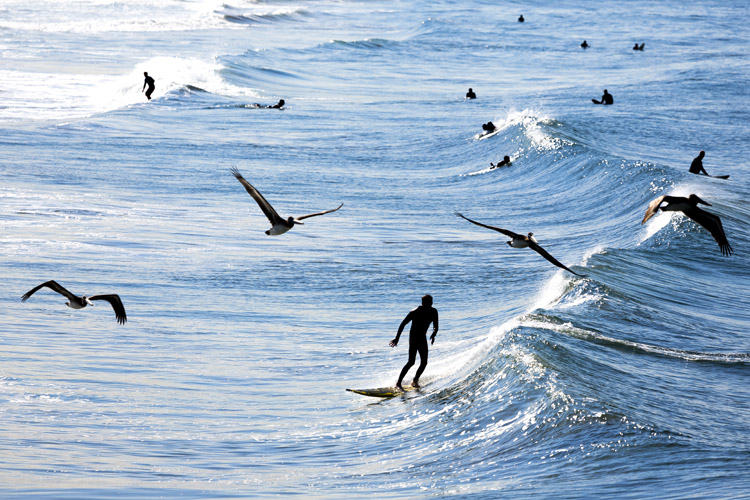
Dreaming of Surfing and Mind-Surfing
Will there be waves or not tomorrow? At what time should I get up? Will it be crowded? What board should I bring?
Planning or anticipating a great day of surfing drives a surfer through a series of mindsets. Interestingly, some of them are counterproductive and antagonistic to each other.
Twelve hours before a glorious morning of surfing, anxiety always grows. Surfers are simultaneously enthusiastic and expectant.
Sometimes, they're feeling optimistic, and sometimes, pessimistic about what they're about to encounter.
Excitement can lead to sleep difficulties, even knowing how important it is to rest before an epic day of surfing.
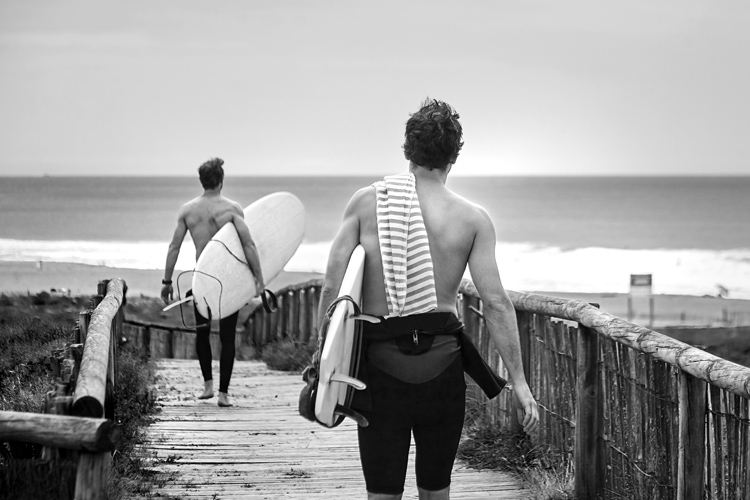
Checking the Surf and Getting Ready to Own It
The day has come. It's time to wake up early and run to the beach.
After enjoying a quick breakfast, the surfer moves anxiously toward the shore to check whether the conditions are ideal, average, or miserable.
At this point, euphoria and stress levels are high, but there are also traces of excitation and uncertainty about the quality of the surf.
As the waver rider arrives at the beach, one of two feelings invades his or her brain: frustration (the waves do not live up to expectations) or enthusiasm (for the thrilling offshore winds and perfect swell).
Simultaneously, and while putting on the wetsuit, the surfer quietly observes with some envy the waves that are already being ridden by other surfers.
"I will do better than them," the surfer tells himself. Or maybe not.
In the blink of an eye, the wave rider reaches the water. His heart is beating faster, and the eagerness to ride the liquid mountains is uncontrollable.
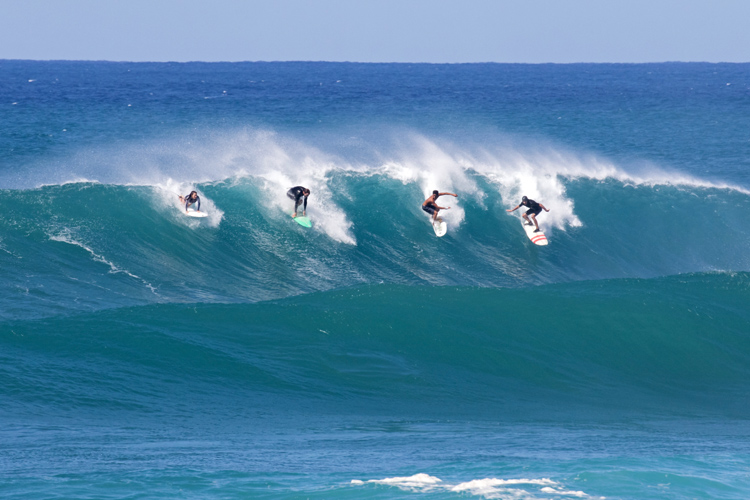
Surf's Up and That Wave Is Mine
The surfer's grand moment has finally arrived. Surf's up, dude.
Wait. There might be a problem. The number of surfers in the water will have a direct impact on the state of mind that will eventually mark each session.
As a scarce resource, quality waves are a rare commodity. So, in a very populated lineup, there will necessarily be few waves for too many people.
This equation sometimes turns surfing into a more or less territorial and physical battle between the pros and the kooks, the locals and the foreigners, the weak and the mighty.
Kenneth Liberman, professor emeritus of sociology at the University of Oregon, once analyzed attempts to self-regulate the lineup and concluded that surfers often ignore the basic rules of etiquette to maximize the number of waves ridden.
Often, surfers enforce their local status to disregard the gentleman's rules, which have been informally accepted for ages in the surfing world.
That is why the surf session is the moment in which more emotions and mental states go through a surfer's brain.
Cynicism, anger, determination, fight-or-flight response, fury, greed, reluctance, hate, hostility, inner peace, irritability, jealousy, joy, hysteria, obsession, possessiveness, selfishness, tension, and threat are only a few examples.
All this can go through the surfer's mind as he or she waits for the set, paddles hard to catch the best wave, or tries to find a spot where priority is not an issue.
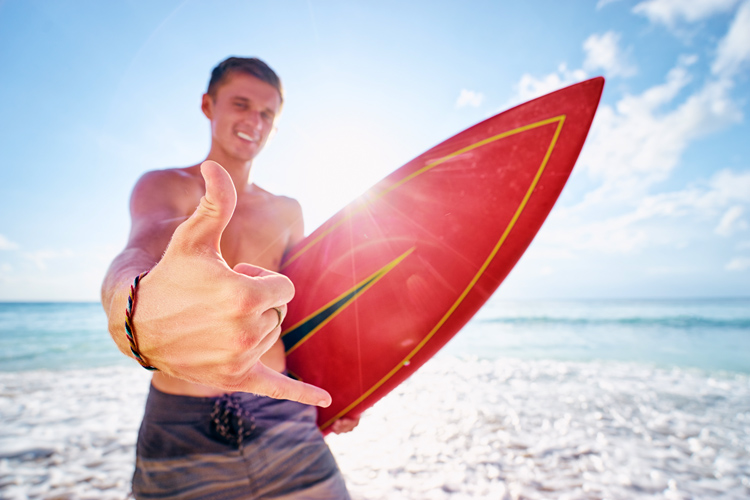
Post-Surf Vibes
And then there's the post-surf.
The moment by which surfers are known, according to 99 percent of the world's population.
Once the endorphins kick in, surfers are all smiles and become masters of the good mood. Everything's always okay; all the other surfers are good people - blood brothers.
Although exhausted after so many waves ridden, surfers become cheerful, charming, joyful, peaceful, spirited, and thrilling creatures.
After all, there is nothing like a good set of waves to transform a greedy surfer into a mellow, peaceful, and grateful person.
Surfers: aren't they adorable?
